Lahinch, County Clare, greets visitors with the salty tang of the Atlantic wind and the rhythmic crash of waves on its golden sands - a symphony that's drawn surfers, explorers, and dreamers for centuries. Nestled where Liscannor Bay meets the Wild Atlantic Way, this coastal gem is a surfer's playground thanks to its legendary breaks (earning a Guinness World Record for most surfers riding a single wave). But Lahinch isn't just about the thrill of catching a wave - it's also home to Ireland's oldest championship golf course, where dunes and valleys challenge players on routes once trodden by royalty. Wander past Dough Castle's crumbling stone walls or trace medieval carvings at Kilmacreehy Church, reminders that this land has been cherished for millennia. By day, the beach glows under sunlit skies; by night, village pubs pulse with traditional music, their warmth a cozy counterpoint to the wild ocean outside.
Step beyond Lahinch's shores and you're immersed in Ireland's ancient wonders: the Cliffs of Moher loom just 10 minutes north, their misty edges framing panoramic views, while the lunar landscapes of the Burren beckon with hidden caves and rare flowers clinging to limestone pavements. For adventure seekers, this is a hub - it's an hour's drive from Doolin Cave's subterranean marvels or Aillwee's bird-of-prey displays, yet just minutes from serene hikes like Ennistymon Falls. Whether you're riding waves, tracing history, or simply savoring fresh seafood at a seaside café, Lahinch offers that rare blend of rugged beauty and soulful charm - a place where the wild west of Ireland meets timeless hospitality.
Jump to section:
Things to See and Do

Cliffs of Moher
Towering sea cliffs reaching 214 meters (702 feet). Located ~10 minutes from Lahinch, the Visitor Experience includes interpretive exhibits. Some coastal paths were temporarily closed in 2024 for safety.

Burren National Park
A UNESCO-recognized karst landscape offering hiking trails like Mullaghmore Loop Walk. Free access with diverse flora/fauna and limestone pavement features.
Lahinch Golf Club
An internationally renowned 18-hole links course hosting the Dubai Duty Free Irish Open in 2019. Known for challenging terrain with dunes and valleys, it attracts golfers globally.
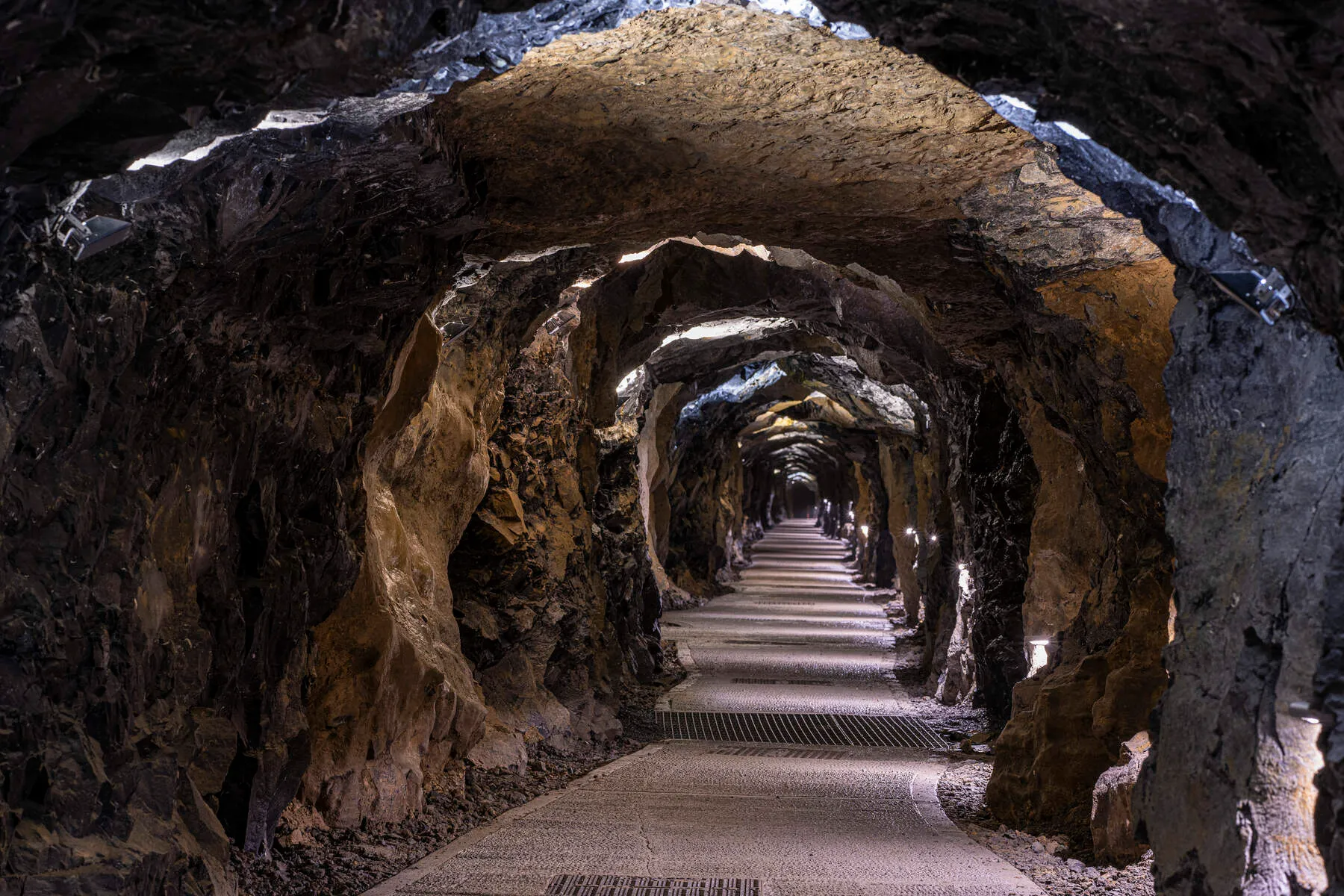
Aillwee Burren Experience
Combines an underground cave tour with an above-ground Birds of Prey Centre in the Burren region. Highlights include subterranean waterfalls and falconry displays.
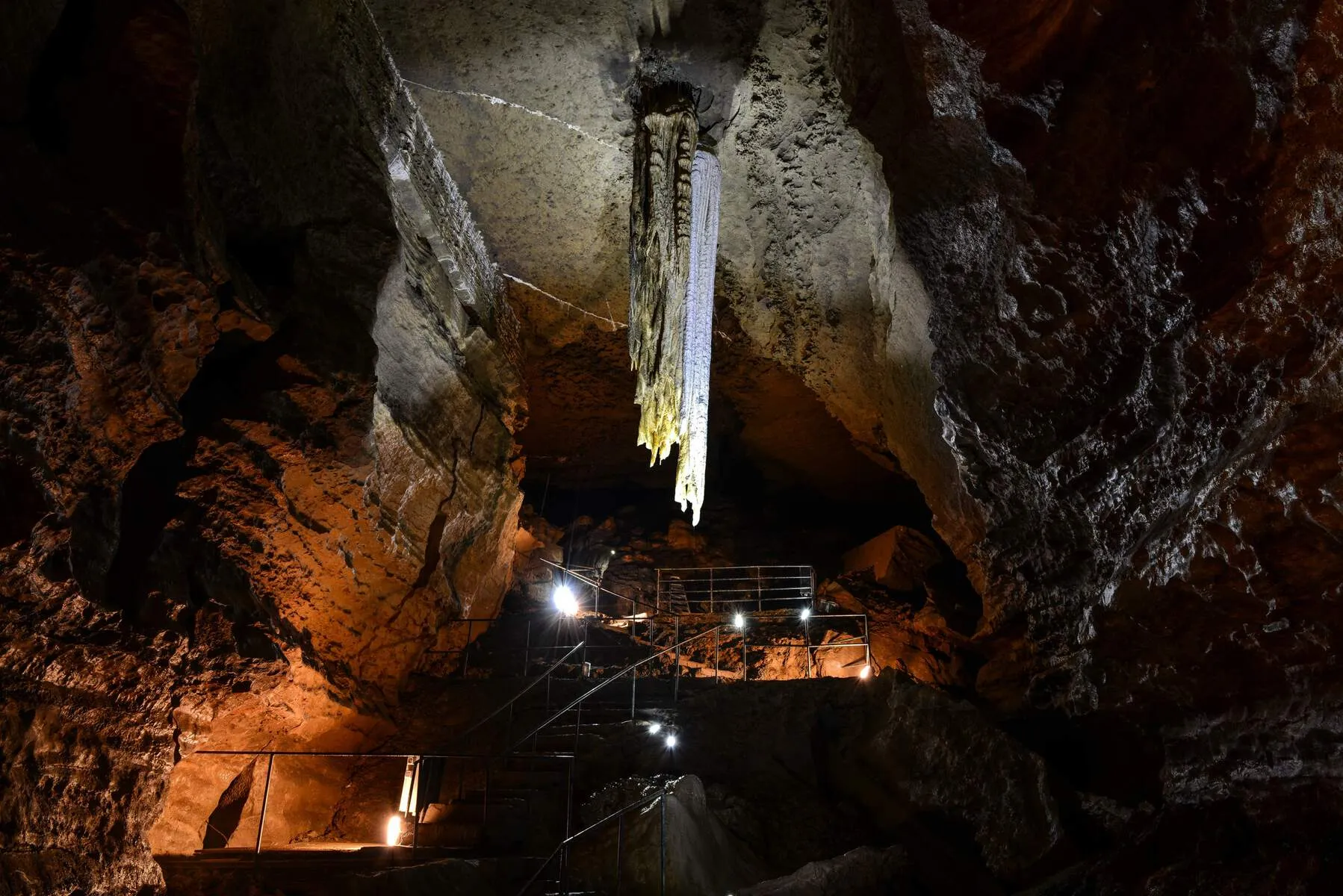
Doolin Cave
Features Europe's largest free-hanging stalactite and guided tours revealing limestone formations. Includes a nature trail and is 20 minutes from Lahinch via scenic routes.
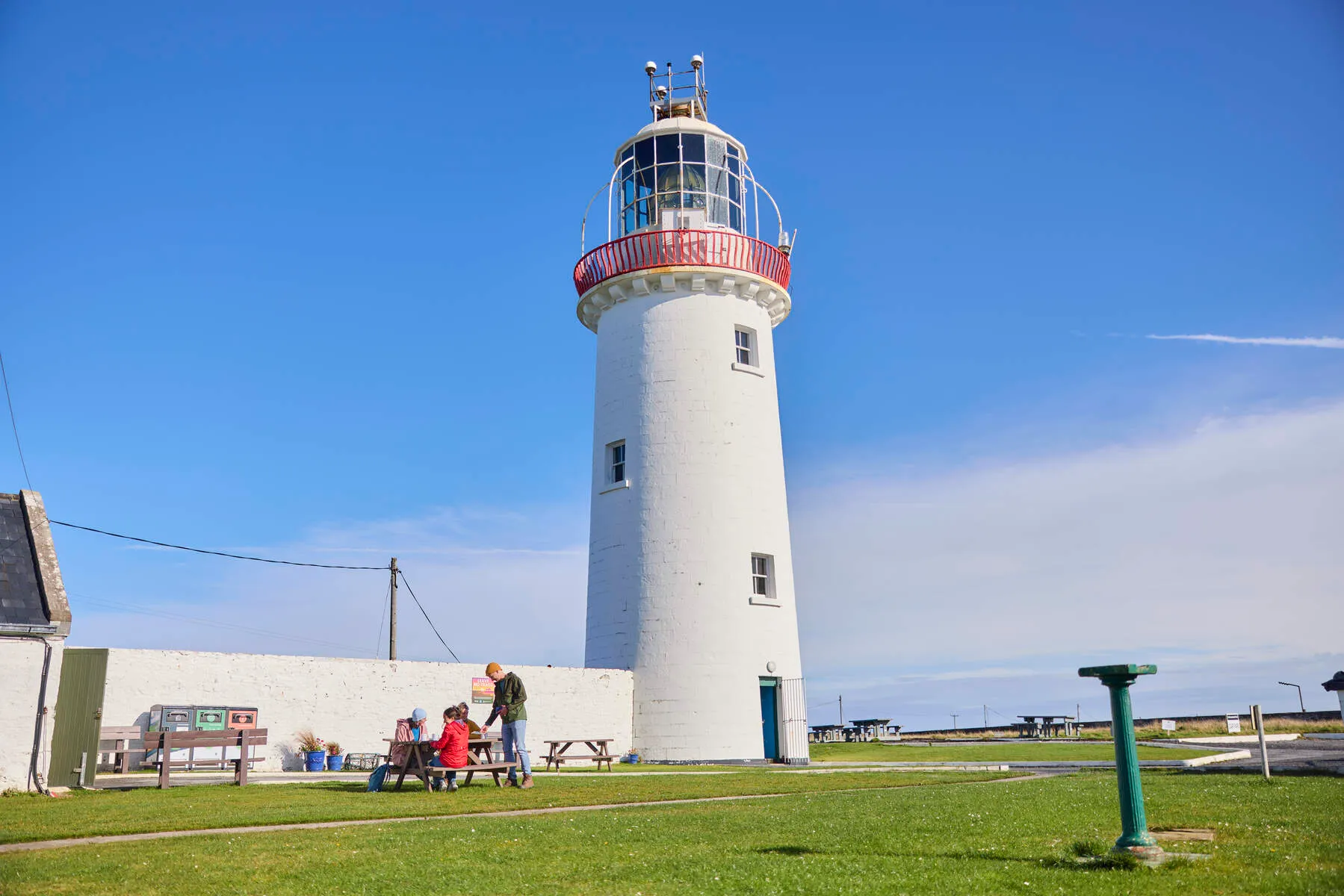
Loop Head Lighthouse
Dating to 1802, this lighthouse marks County Clare's westernmost point. Offers guided tours highlighting its maritime history and stunning Atlantic views.
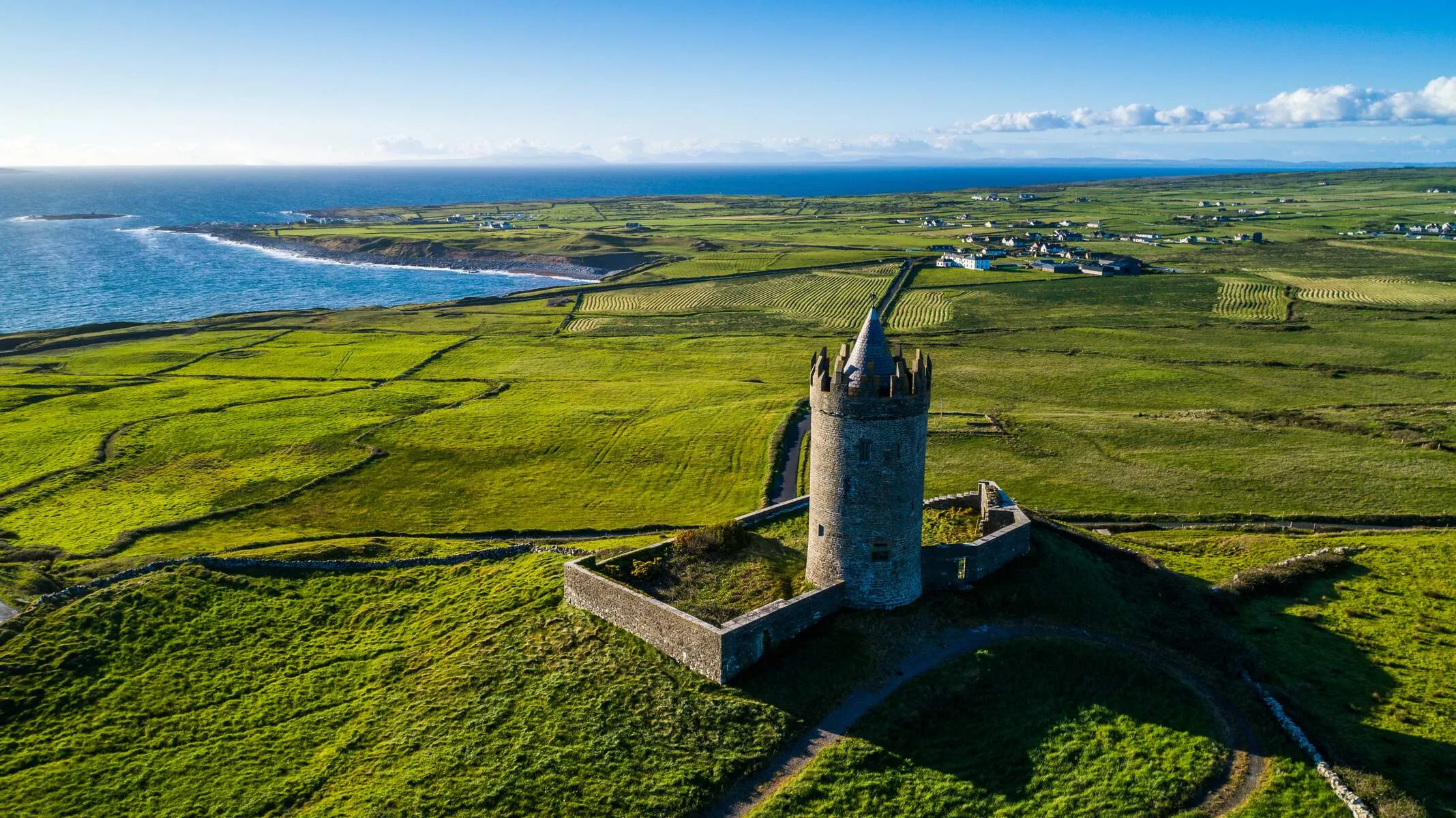
Doonagore Castle
A photogenic 15th-century tower house overlooking the Cliffs of Moher (12-minute drive from Lahinch). Popular for photography and picnic areas with coastal vistas.
Dough Castle
A 14th-century O'Connor clan fortress partially preserved today. Built in 1306 and later occupied by the O'Briens, only one wall remains due to structural decline.
Kilmacreehy Church
A historic parish church dating from the 12th century, built on a site associated with a 6th-century school. Features unique architectural elements like carved medieval headstones.
Michael Cusack Centre
Honors GAA founder Michael Cusack, located near Carron village (30 mins from Lahinch). Explores Irish sporting and cultural heritage through exhibits.
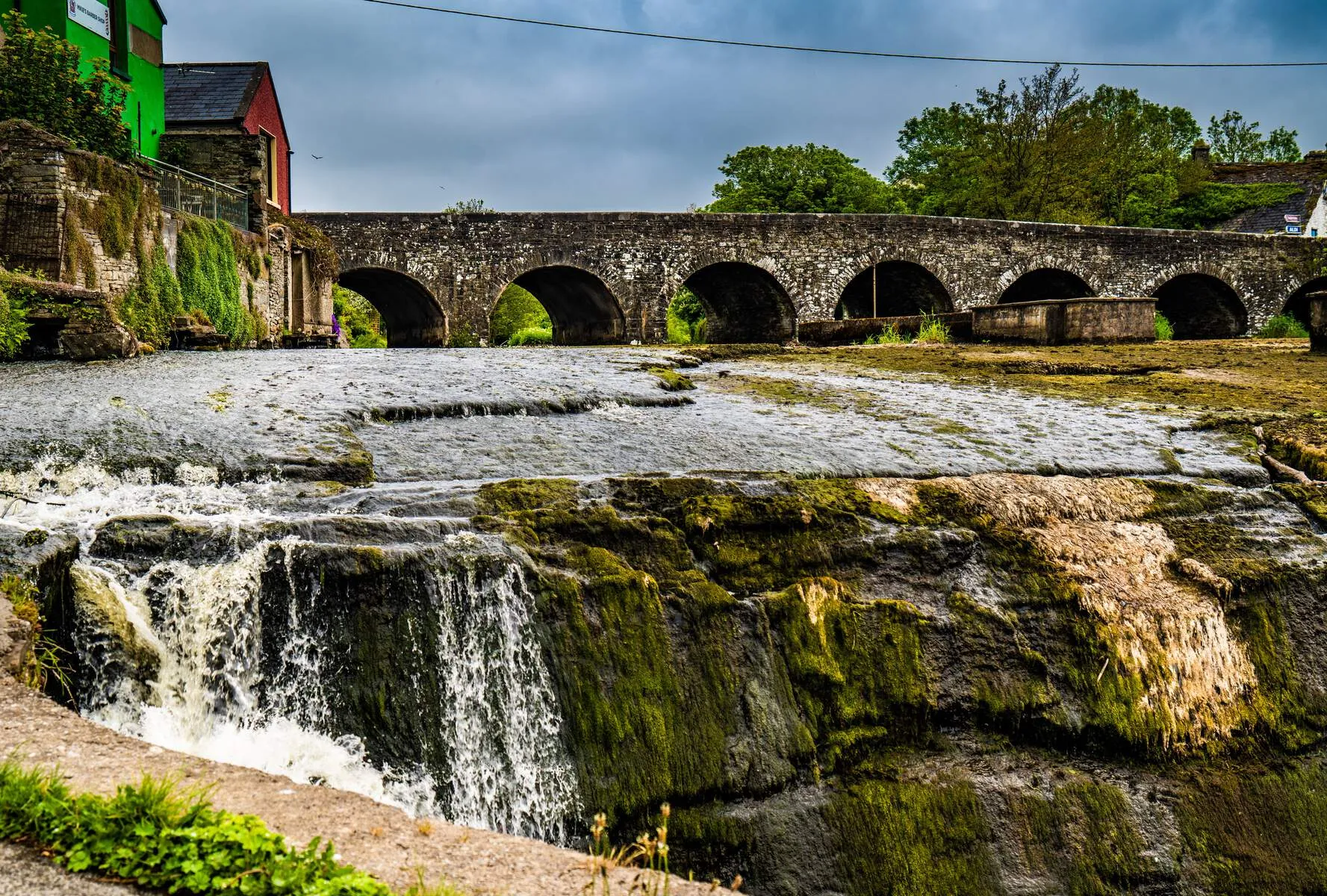
Ennistymon Falls
A picturesque waterfall in nearby Ennistymon town, accessible via short walks. The compact village offers scenic charm for day trips.

Lahinch Beach
A crescent-shaped golden sand beach ideal for surfing, swimming, and water sports. The lifeguard-monitored area by the promenade offers safe conditions.
Lahinch Leisure Centre
Features a 25m pool, learner pools, jacuzzi, gym, steam room, and sauna. Provides year-round family-friendly facilities including swimming lessons.
Getting There
By Air
The closest airport to Lahinch is Shannon Airport (SNN), which is located about 45 miles (72 km) from Lahinch. You can fly into Shannon Airport from various European and international destinations. From the airport, you can rent a car, take a taxi, or use public transportation to get to Lahinch.
By Car
Lahinch is accessible by car via the N67 road, which connects to the M18 motorway. The drive from Shannon Airport takes around 1 hour. Lahinch is also located near major cities like Ennis and Limerick, with driving distances as follows:
-
From Galway: approximately 75 miles (120 km), around 1 hour 30 minutes
-
From Limerick: approximately 55 miles (89 km), around 1 hour
By Bus
Bus Éireann operates bus services from nearby towns and cities to Lahinch, including:
-
Route 350: links Lahinch to Ennis, Ennistymon, Cliffs of Moher, Doolin, Lisdoonvarna, and Galway, with multiple journeys daily
-
Route 333: links Lahinch to Doonbeg, Spanish Point, Miltown Malbay, Kilfenora, Corofin, and Ennis, with services running Monday to Saturday once daily
By Train
The nearest train station is Ennis Railway Station, which is about 25 miles (40 km) from Lahinch. From there, you can take a taxi or bus to reach Lahinch. Bus Éireann route 350 stops outside Ennis railway station, providing onward connections to Lahinch.
Events & Festivals 2025
There are currently no events listed. If you would like to add an event, please contact us.
History
Lahinch's history stretches back to prehistoric times, with several earth forts in the area, including one on the northern side of the hill above the village, believed to have been built by the Danish Vikings. The town's name, derived from the Irish words "Leath" and "Inis", meaning "half island", reflects its unique location between the Inagh River and the sea.
The O'Connor clan played a significant role in Lahinch's medieval history, with the remains of Dough Castle, built by the clan in 1306, still visible today. The castle was later occupied by the O'Briens, who dominated the coastline during this period. Liscannor Castle, another nearby ruin, also bears testament to the region's complex medieval past.
By the 18th century, Lahinch was a small hamlet with just a few fisherman's huts, but it grew rapidly in the 19th century, with the population swelling to over 1000 people by 1835. The town's infrastructure developed slowly, however, and it wasn't until the opening of the West Clare Railway in 1887 that Lahinch began to emerge as a popular seaside resort. This newfound accessibility brought an influx of tourists, drawn by the town's stunning beaches and excellent accommodation.
Tragedy struck in 1920, when British troops, seeking revenge for the Rineen Ambush, burned down many buildings in Lahinch, including the local dance hall and town hall. The West Clare Railway, which had been instrumental in the town's growth, closed in 1961, but Lahinch continued to thrive, with its beautiful beaches and vibrant community attracting visitors from across the country.
The town's historic golf club, founded in 1892, has hosted numerous high-profile tournaments, including the South of Ireland Championship and the Dubai Duty Free Irish Open. Today, Lahinch remains a beloved destination for surfers, golfers, and families alike, its rich past woven into the fabric of its charming streets and stunning natural surroundings. Garland Sunday, once a highlight of the town's calendar, may be a thing of the past, but the spirit of community and celebration that defined it lives on in Lahinch's vibrant cultural scene.
